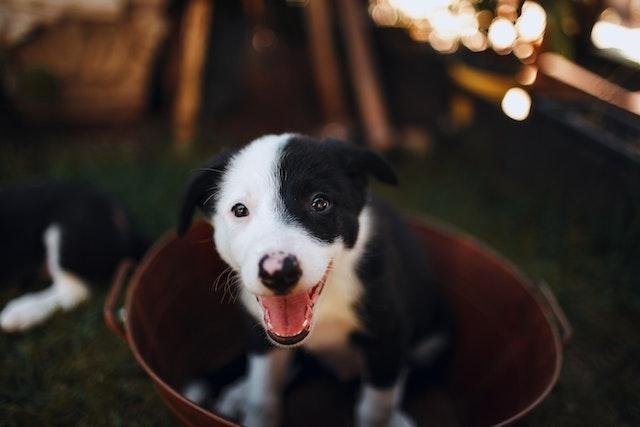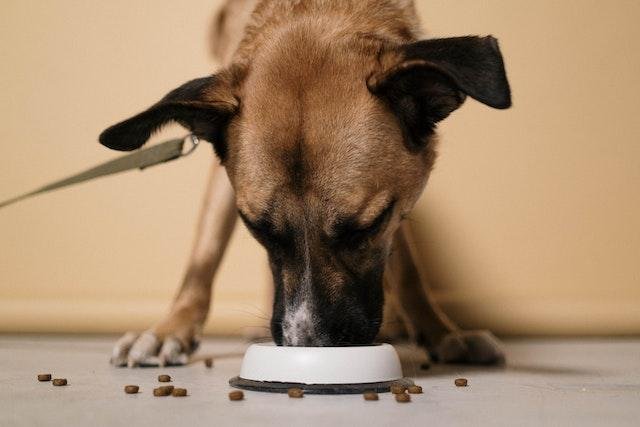
Labrador Worldwide’s Top Ten Guide to Being a Worthy Owner
Today’s Christmas tinselly wrapped offering is a devoted piece all about our most popular breed – Labradors! They come in all shapes, sizes and colours. Doesn’t everyone recognise a Lab immediately? Bouncy, exuberant and enthusiastic, they are always on the go.
Here’s some tips from Labradors Worldwide’s Les Heywood on how to care for your companion.
Training
Labradors can be a highly motivated breed! This can make them very trainable, but their love for other people, other dogs and sniffs mean that thorough training is essential so that you can enjoy your lovely companion to the full. At the very least you should train your Lab to:
- Come back to you when you call their name
- Sit
- Walk nicely on the lead
- Go down on your word and stay until you tell them to do otherwise.
Crack these four things and life will be so much easier and more enjoyable for you and your Lab.
If you are struggling, consult with a modern, qualified and experienced trainer and make sure that they only treat your beautiful Labrador with fairness and kind methods. All dogs need you to look after their welfare, so be prepared to do proper research. Why do anything less for your companion?
Food
Labradors tend to ‘inhale’ their food rather than eat it. This increases the risk of indigestion, vomiting and the life threatening condition, bloat. It’s important that we control the rate at which our dogs eat their food. One method is to scatter the food on the floor. This method may be too messy for most of us however. Another option is to place a can of unopened food in the centre of the bowl. This will force your dog to ‘chase’ the food around his bowl thus slowing things down considerably. Specially designed bowls are available with built in ‘obstructions’. The Brake-Fast bowl is a great example.
Beds
Labs, like all big breeds, are pretty heavy on their elbows when lying down. Over time this is likely to cause callouses on the elbows. Make sure your Lab has a nice, well cushioned bed. This won’t guarantee that your Lab will go through life callous free but it will help a lot.
Toys
Every Lab I’ve ever come across can reduce a cute, cuddly toy to a sorry looking pile of fluff in two minutes flat! Whilst this can be amusing, it can also be dangerous. Squeakers and other toy parts can easily get lodged in the throats and intestines of our beloved furry chums. Far better to go for something ‘Lab Proof’. Anything made by Kong should do the trick. There’s plenty of other great toys available though. My Labs current favourite is ‘The Stick’ from RuffDawg. Incredibly simple but he loves it.
Exercise
This is a big one! Labs MUST be very well exercised every single day. I would recommend *2 hours a day. If possible, some of this time should be spent off-lead. If you can’t manage a couple of hours then *2 x 30 minutes walks daily should be the absolute minimum. It’s good for us humans too!!
*These times are for Labs over 12 months old. Puppies should be exercised a little more moderately. Over exercise can damage the bones of a growing pup. You should consult with your Vet to establish an appropriate level of exercise.
Mental Stimulation
Adequate mental stimulation is just as important as physical exercise. A bored Lab will cause you all sorts of problems. A mentally and physically tired Lab will not chew your furniture! Play with your dog every day. He will love you for it and let’s face it, any excuse for us humans to behave like big kids for a while is great!
Grooming
Labs shed fur…a LOT!. If you are thinking about getting a Lab you will need to bear this in mind. If you already have a Lab, it’s too late, you will already know. The good news is there’s plenty that you can do to control the amount of fur floating around your home. Regular brushing will cut down dramatically on the amount of fur on your carpets and furniture. A couple of times a week should do the trick. It’s impossible to stop shedding altogether. It’s just nature doing it’s thing.
Ears
Because Labradors ears are covered by an ear flap, it makes the inside of the ear canal warm and moist. This makes Labs prone to ear infections. Regular ear inspections are important. If the inside of the ear looks red and inflamed there’s a good chance that your Lab has an ear infection. Also look out for other tell-tale signs such as head shaking and rubbing the ears against furniture. Most ear infections are easily treated. Left untreated they can cause serious damage. If in doubt, see your vet!
Water Safety
Although Labradors are water dogs, don’t assume that they are 100% safe around water. I recently heard of two cases where Labs got into serious trouble in deep water. Both dogs had to be rescued. Dog life jackets are widely available and reasonably priced. Definitely worth considering if your dog is going to be around deep water!
Weight Control
Labs love their food and most would eat until they explode given half a chance! We all love to feed our dog yummy treats and this is fine of course. Just make sure those treats are nutritious and low in fat. Avoid the temptation to treat your Lab with ‘people food’. The majority of the food we eat just isn’t healthy for dogs and can be very fattening.
Labradors are prone to weight gain as they grow older. Keep an eye on this and adjust their diet and exercise accordingly.
An Invitation to a Film Premiere
As today is devoted to labradors, I decided to share with you a very special Labrador story. Coco the chocolate labrador is a School Dog at the Willoughby School in Bourne. I am privileged to be her trainer and work with the school children and Coco’s owner, Head Teacher Adam Booker.
The Willoughy School works with children who have special needs. The Coco Academy is a very special class of students that are learning all about dogs and how to stay safe around them. Here is the very first Coco Academy film made by the students.
– Karen Wild




